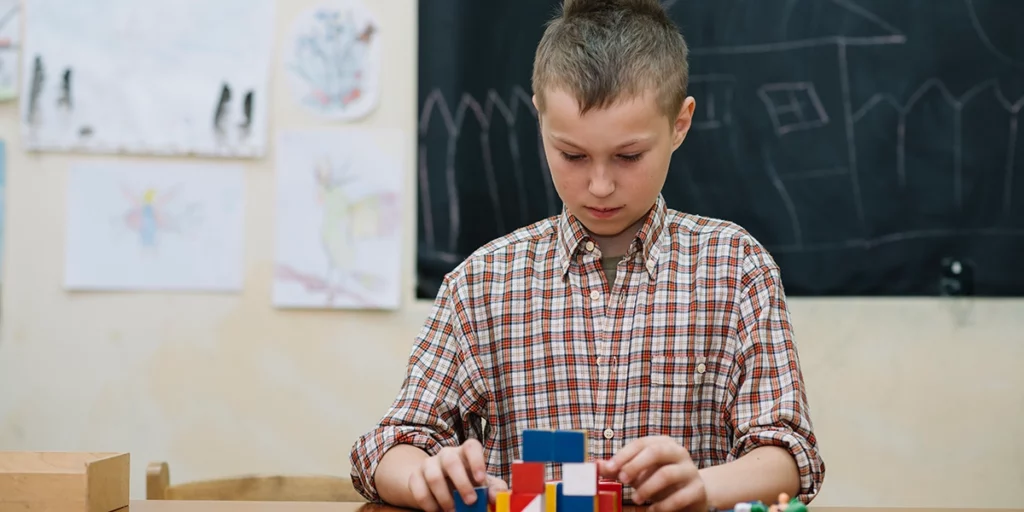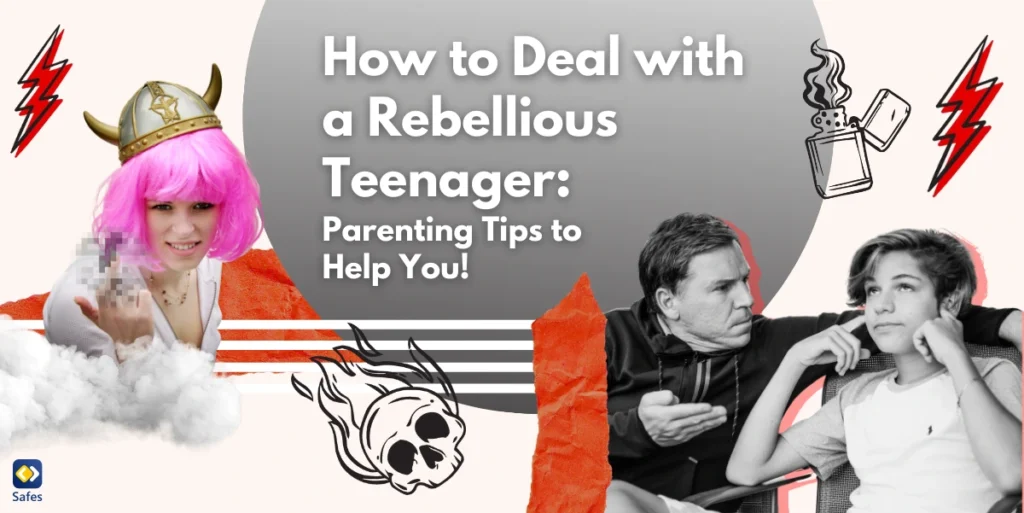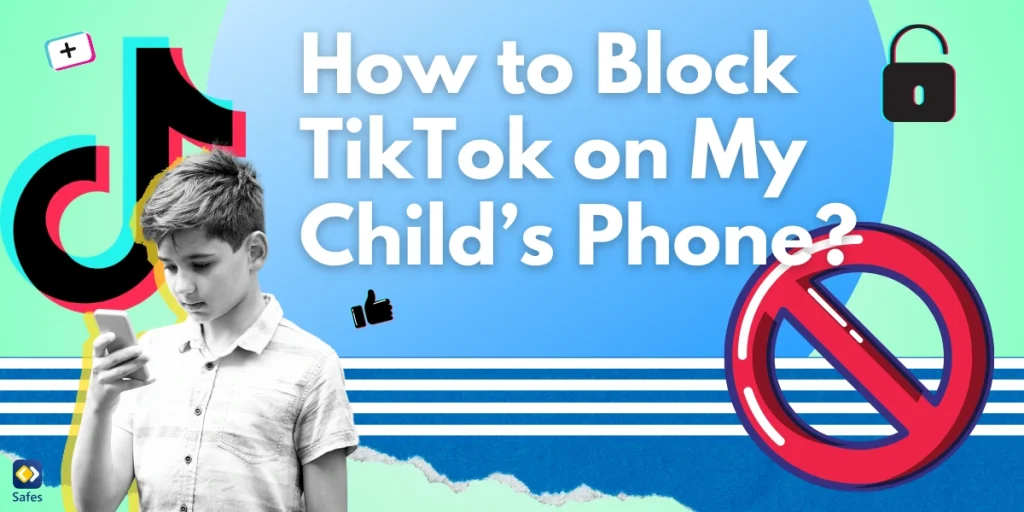Puberty is an important stage in every person’s life, but it can be particularly challenging for teenage girls. A wide range of changes happen during puberty in females, and it can be difficult for young girls to navigate these changes. However, with the right understanding and support from parents and trusted adults, girls can successfully transition through puberty and emerge as confident and healthy young women. In case you’re wondering, “What is puberty for girls like?” you should continue reading. In this blog, we’ve discussed female physical changes during puberty, emotional changes, and how to deal with the challenges.
Download and Start Your Free Trial of the Safes Parental Control App
Parents Can Help
Parents play a vital role in helping their daughters through puberty by being open and communicative. Parents need to create a safe and supportive environment for their daughters to discuss the changes they are experiencing. Parents can also educate their daughters on healthy habits, such as proper nutrition and exercise, which can help them care for their bodies during this time.
Additionally, parents can encourage their daughters to seek out trusted resources for information and support. Encouraging your daughter to take an active role in her own healthcare can help them feel empowered and confident in navigating the changes that come with puberty. It’s important to realize that every girl experiences puberty differently and that changes may happen at different times and rates for everyone. It’s crucial to educate girls on what to expect during puberty, so they can feel informed and prepared for the changes that are happening in their bodies.
Understanding Puberty in Females
Puberty can be defined as the period of human development during which physical, sexual, and emotional changes occur, leading to sexual maturity. It’s a gradual process that usually occurs between the ages of 8 to 13 years for girls. However, it can also start as early as 7 years of age or as late as 15 years of age. If you’re wondering how long puberty lasts for girls, it’s approximately 2 to 5 years.
Overview Of the Changes That Occur During Puberty in Females
Hormones are chemical messengers that direct the body’s actions. Puberty begins when certain brain hormones are released. The primary hormones involved in female maturation include estrogen and progesterone, produced by the ovaries. They play a crucial role in the development of female sexual characteristics. These hormones cause:
- Breast development
- Growth spurt
- Body hair growth
- Oily skin and acne
- Menstruation
Physical Changes During Female Puberty
As the body goes through changes, it can be overwhelming to navigate this new period. However, understanding what to expect can help ease anxiety and make the transition more manageable.
The Tanner scale is a widely used system for classifying the stages of puberty in children and adolescents. It was developed by James Tanner in 1969 and has five stages. The Tanner stages of development are as follows:
Pubic Hair Scale:
- Stage 1: No hair.
- Stage 2: Fine and soft hair.
- Stage 3: Thick and coarse hair.
- Stage 4: Terminal hair that fills the entire triangle overlying the pubic region.
- Stage 5: Terminal hair that extends beyond the groin crease onto the thigh.
The female Tanner stages mainly describe the female breast development:
- Stage 1: No glandular breast tissue is noticeable.
- Stage 2: Breast bud noticeable under the areola (1st pubertal sign in females).
- Stage 3: Breast tissue noticeable outside the areola (pigmented area on the breast around the nipple); no areolar development.
- Stage 4: Areola elevated above the contour of the breast, forming a “double scoop” appearance.
- Stage 5: Areolar mound recedes into a single breast contour with areolar hyperpigmentation, papillae development, and nipple prominence.
Changes in Breast Development
One of the most visible signs that a young girl is entering puberty is the development of breast buds. This typically occurs around the age of 8-10, but it can vary from person to person. As the breasts continue to develop, they can be sore and tender to the touch.
Changes in Body Hair Growth
Another noticeable physical change during puberty is the growth of body hair. This can occur in various places, such as under the arms and on the legs. It’s a natural part of the body’s development and can be managed through proper self-care.
Menstruation and Menstrual Cycles
Perhaps one of the most significant changes that females experience during puberty is the onset of menstruation. This usually occurs around the age of 12-14 years old, but it can also happen earlier or later. Menstruation involves the shedding of the uterine lining once a month, which results in bleeding that can last anywhere from 3-7 days.
Growth Spurts and Changes in Height and Weight
As puberty in girls progresses, they will also experience growth spurts that can result in changes in height and weight. These changes can occur quickly and can be significant, causing some girls to feel self-conscious or unsure of their bodies.
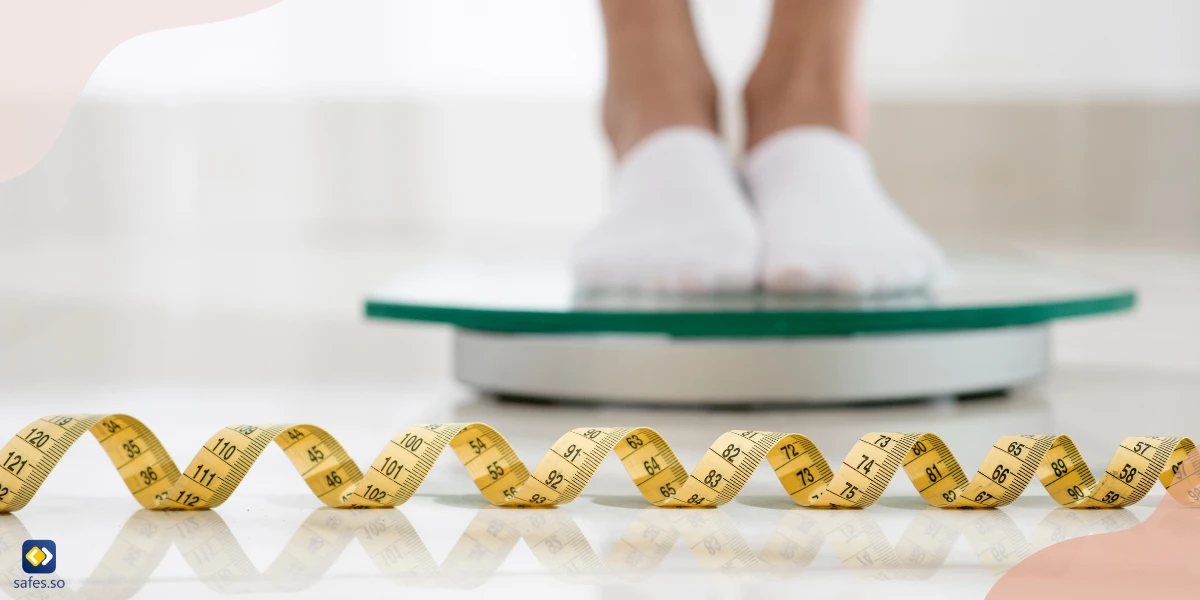
Emotional Changes During Female Puberty
Beyond physical changes, puberty can also bring a range of emotional changes that can be overwhelming for young girls. Some of the most common emotional changes include mood swings, increased anxiety, and feelings of self-doubt. These changes can be challenging to navigate, both for girls and their parents.
Fortunately, there are several strategies that parents can use to help their daughters cope with the emotional challenges of puberty. One of the most important things parents can do is to provide a supportive and understanding environment for their daughter. This can involve regularly checking in with her, actively listening to her concerns, and helping her to develop healthy coping mechanisms.
Another important aspect of puberty is the development of a positive body image. With the pressures of social media and unrealistic beauty standards, many girls may struggle to feel good about their changing bodies during puberty. To monitor your daughter’s social media use, you can use a parental control app like Safes. It offers features to filter websites and apps to protect your child from inappropriate content. As a parent, it’s important to model positive body image behaviors and regularly reinforce the message that all body types are beautiful. Download Safes for iOS, Android, Windows, and MacOS. Sign up for a free trial today and experience how Safes can help protect and support your child’s healthy development.

Dealing with Puberty-Related Challenges
Puberty can be a tough time in a young girl’s life. With hormones raging and physical changes taking place, it’s easy to become overwhelmed with the various challenges that come with this period of development. However, by understanding some common difficulties and providing your daughter with the right support, you can help her navigate these rocky waters with greater confidence and ease.
Acne
One of the most common changes that girls experience during puberty is acne. As a result of increased hormones, the skin produces more oil, which can clog pores and cause pimples. Remind her that acne is a natural part of puberty and that it will eventually go away.
Body Odor
Another change that girls may notice during puberty is the onset of body odor. As a result of increased sweating and hormonal changes, the body may start to produce more unpleasant smells. Remind her that everyone goes through this stage and that it’s nothing to be ashamed of.
Menstruation
Perhaps the most significant physical change that girls experience during puberty is menstruation. While this can be a challenging and confusing time, there are many resources available to help your daughter navigate this new territory. Finally, remember to emphasize that menstruation is a normal and healthy part of womanhood.
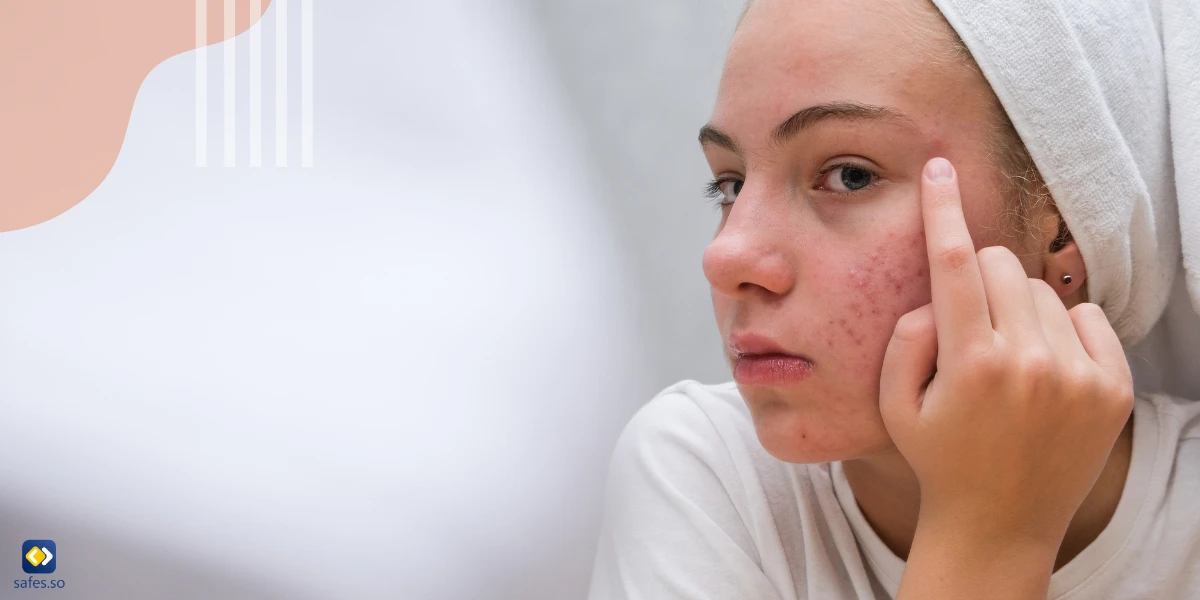
Supporting Your Daughter Through Puberty
Puberty can be a challenging time for girls as their body begins to transform, and parents must create an open dialogue with their daughters about the changes happening within their body.
Creating an Open Dialogue With Your Daughter About Puberty
Puberty is a natural process we all experience, and it’s essential to have a conversation with your child about what to expect. Encourage your daughter to ask any questions she may have and provide her with age-appropriate books or resources to help her better understand the changes that will occur. It’s important to normalize the process and help her understand that everyone goes through it.
Tips for Providing Emotional Support and Reassurance
Puberty can be an emotional time for girls, and parents must provide emotional support and reassurance during this period. Encourage your daughter to talk about how she’s feeling and validate her emotions. Help her find healthy ways to cope with any feelings of anxiety, stress, or depression. Remind her that she is not alone in this experience and that you are there to support her every step of the way.
Helping Your Daughter Navigate Social Pressures Related to Puberty
Social pressures related to puberty can be overwhelming for many girls. They may feel pressured to look a certain way or behave a certain way to fit in with their peers. As a parent, it’s helpful to have conversations with your daughter about these pressures and remind her that everyone’s journey through puberty is unique. Encourage her to develop a positive body image and self-confidence. Help her understand that she can say no to social situations that make her uncomfortable or that she’s not ready for.
Conclusion
Puberty is an essential and often challenging stage in the development of young women. Several changes occur during this period, which can be overwhelming. The good news is that with proper guidance and support, young girls can transition smoothly through the puberty phase. Some of the physical changes include breast development, growth spurts, menstruation, and acne. As parents, it’s essential to be proactive in helping your daughters through puberty. Encourage them to come to you with any questions they may have about the changes they are experiencing. Provide them with the necessary resources to help guide them through this process. In conclusion, puberty is a necessary phase in a young woman’s life. While it may be overwhelming, with proper guidance and support, young girls can transition smoothly into adulthood.
Your Child’s Online Safety Starts Here
Every parent today needs a solution to manage screen time and keep their child safe online.
Without the right tools, digital risks and excessive screen time can impact children's well-being. Safes helps parents set healthy boundaries, monitor activity, and protect kids from online dangers—all with an easy-to-use app.
Take control of your child’s digital world. Learn more about Safes or download the app to start your free trial today!


